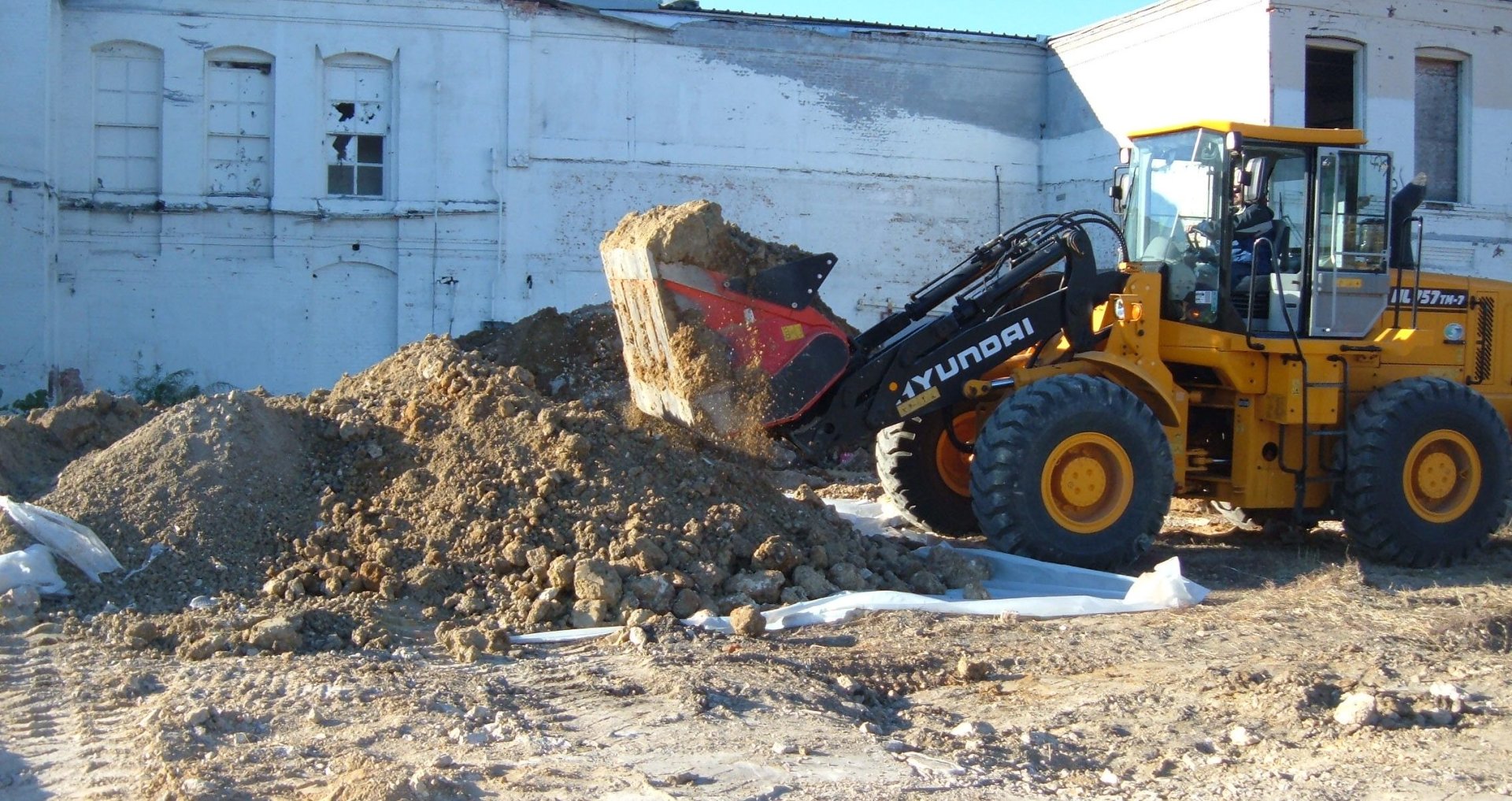In Situ Chemical Reduction (ISCR)

In situ chemical reduction (ISCR) involves one or more chemistries that promote abiotic dechlorination processes:
- Zero Valent Iron (ZVI) and ZVI / Electron Donor Mixes (e.g., EHC)
- Bi-Metallic Particles
- Metal Sulfides
The destruction occurs on the surface of the reduced metal, which acts as the electron source.
ISCR is used for the destruction of chlorinated organic compounds to non-toxic end products such as ethene, ethane, methane, and chloride ions (U.S. EPA, 1998; ETI, 2004a). The degradation of chlorinated organic compounds occurs without the addition of substrates or energy into the subsurface.
ISCR can be emplaced via several technologies:
- Soil mixing
- Trenching (permeable reactive barrier)
- Injection (micro- or nano-sized particles)
Soil mixing and trenching typically require an area clear of surface and subsurface structures, while injection can be completed below structures and other surface obstructions. The effectiveness of ISCR often depends upon the contact time of the compounds with the reduced metal. Therefore, the faster the groundwater flow rate, the larger the area that will require treatment.
Contaminant concentrations, the method of ISCR emplacement, and other site-specific factors will affect treatment times. ISCR applied as a barrier to treat a dissolved plume will depend on the groundwater flow rate. ISCR applied in the source area can result faster treatment time frames.


